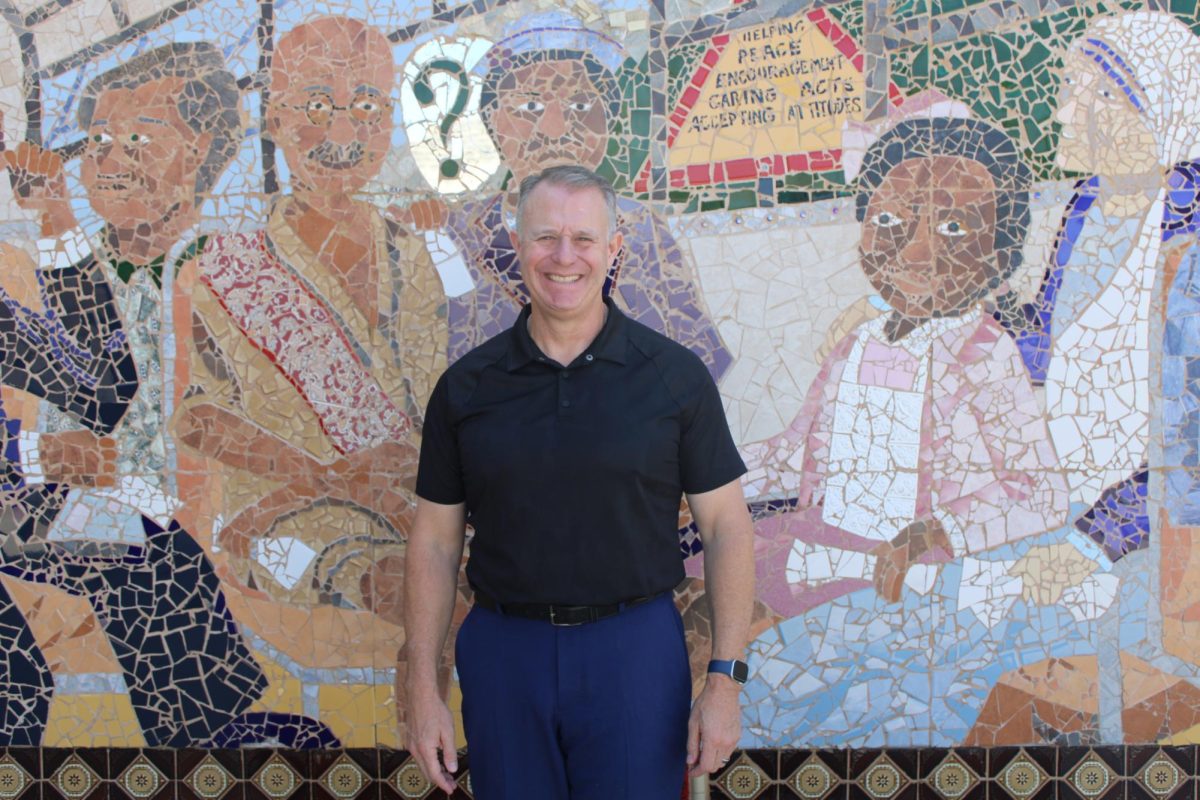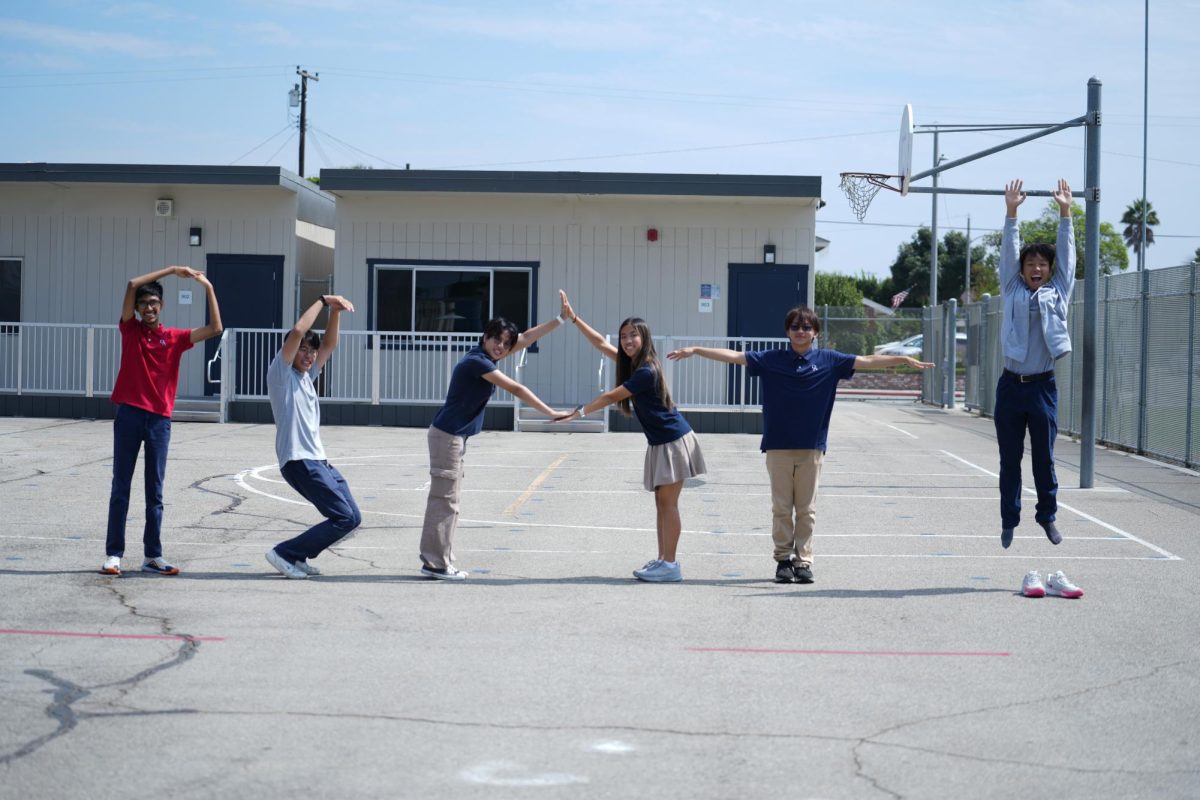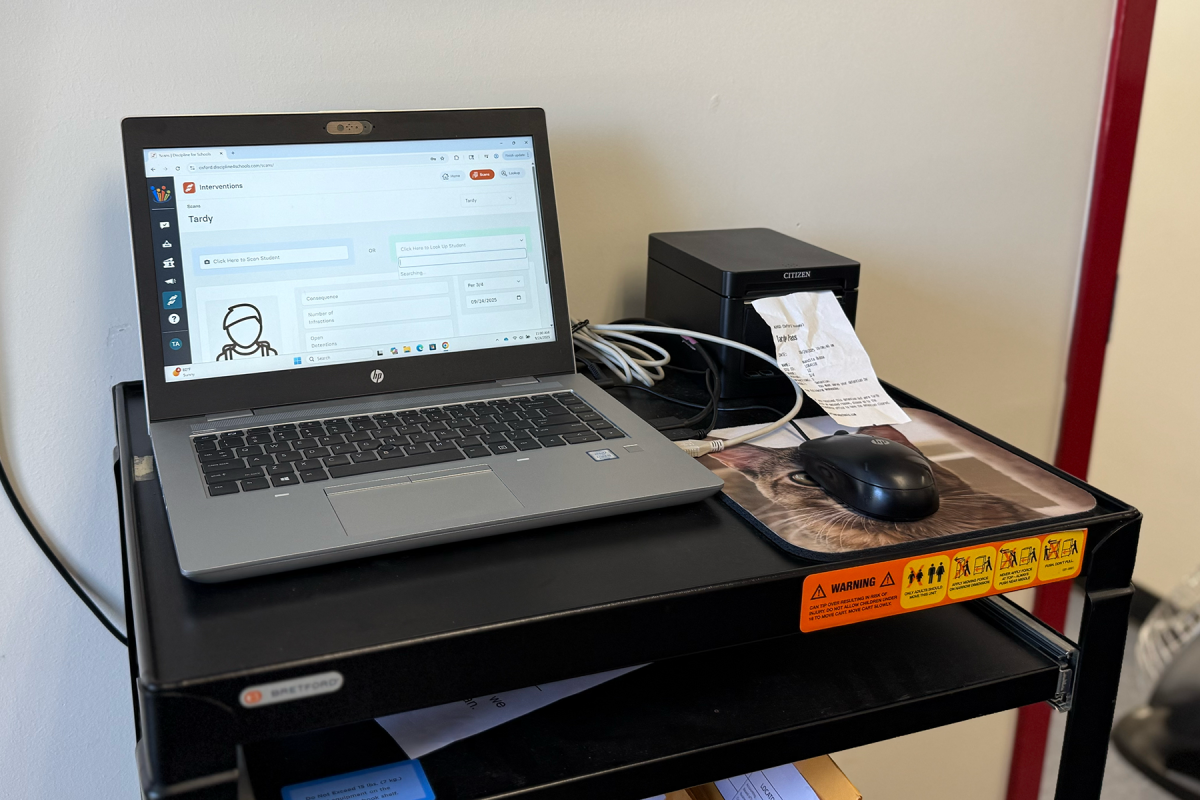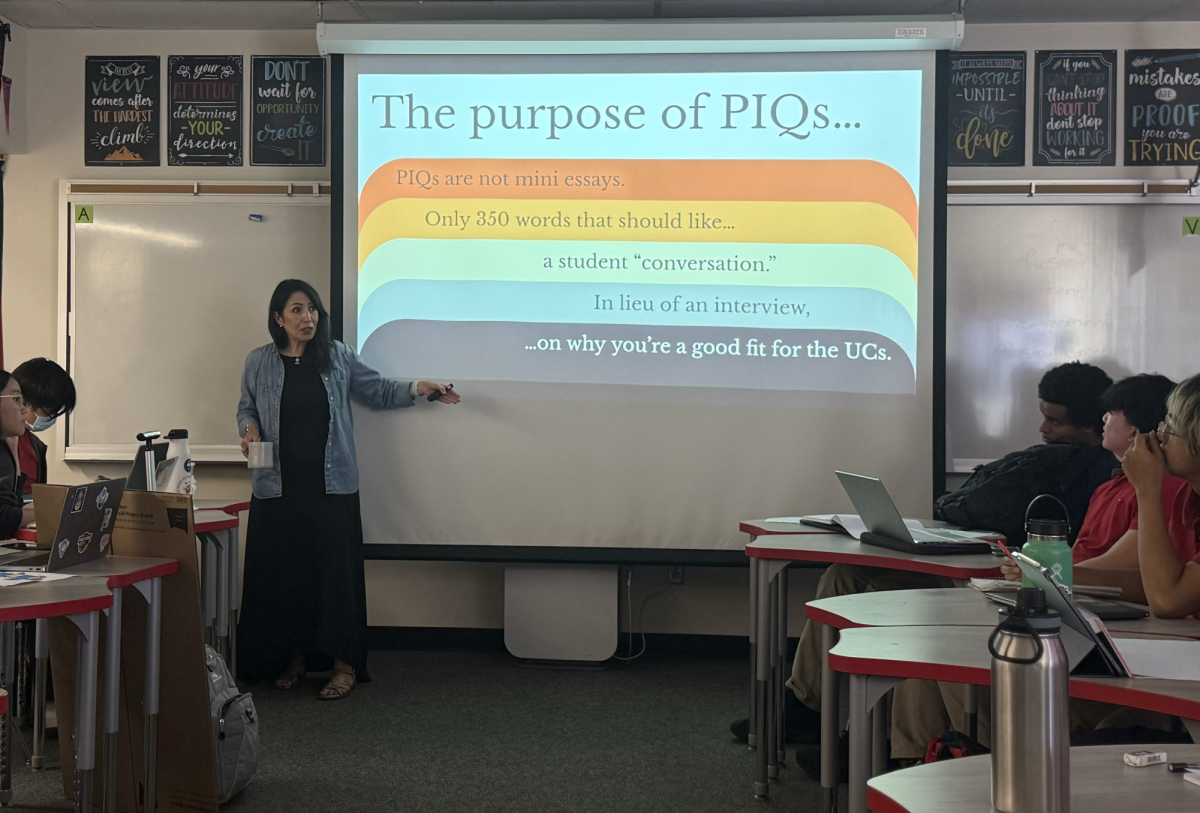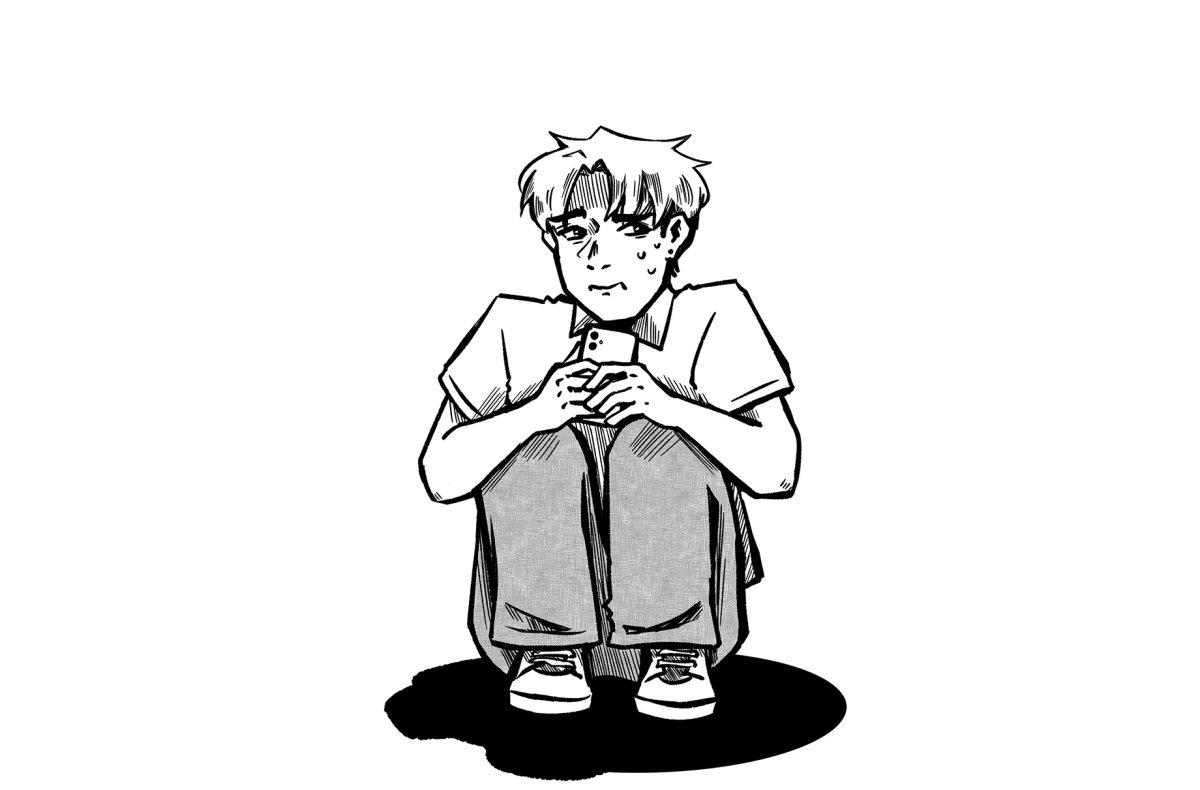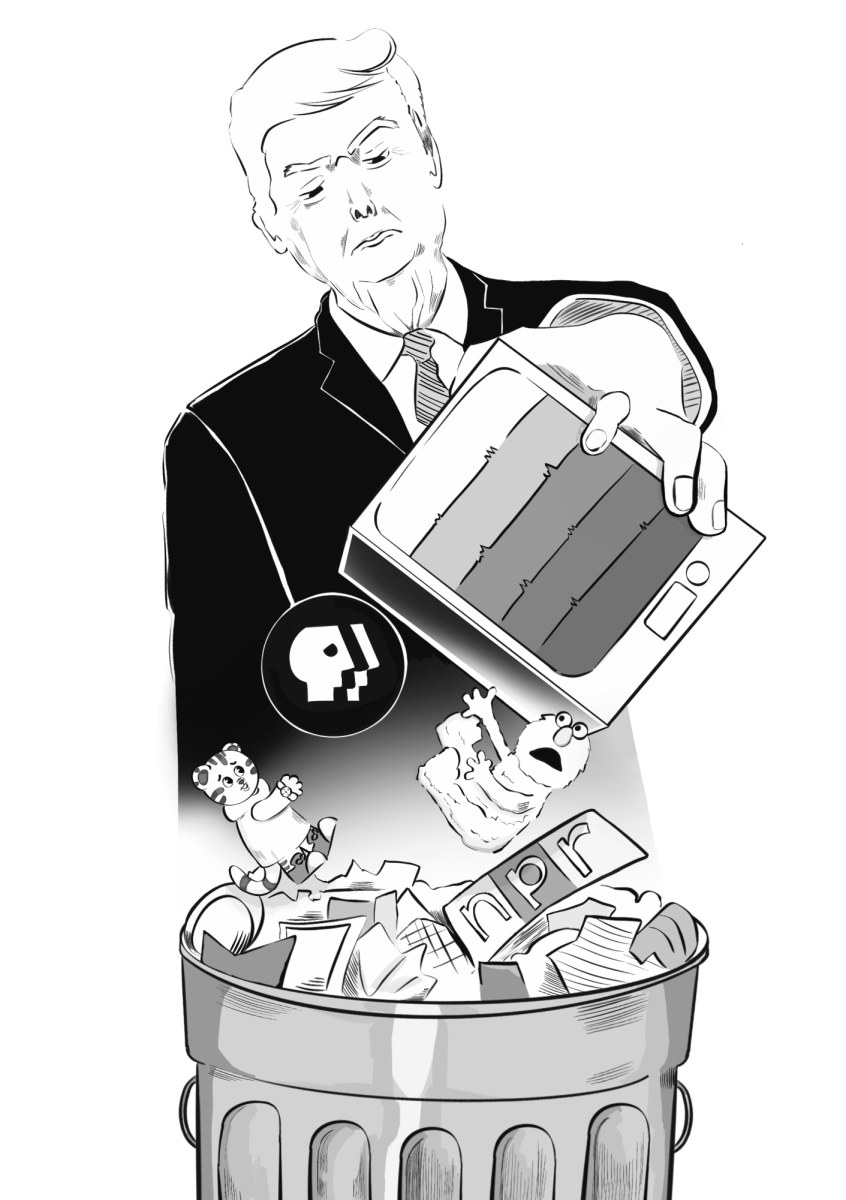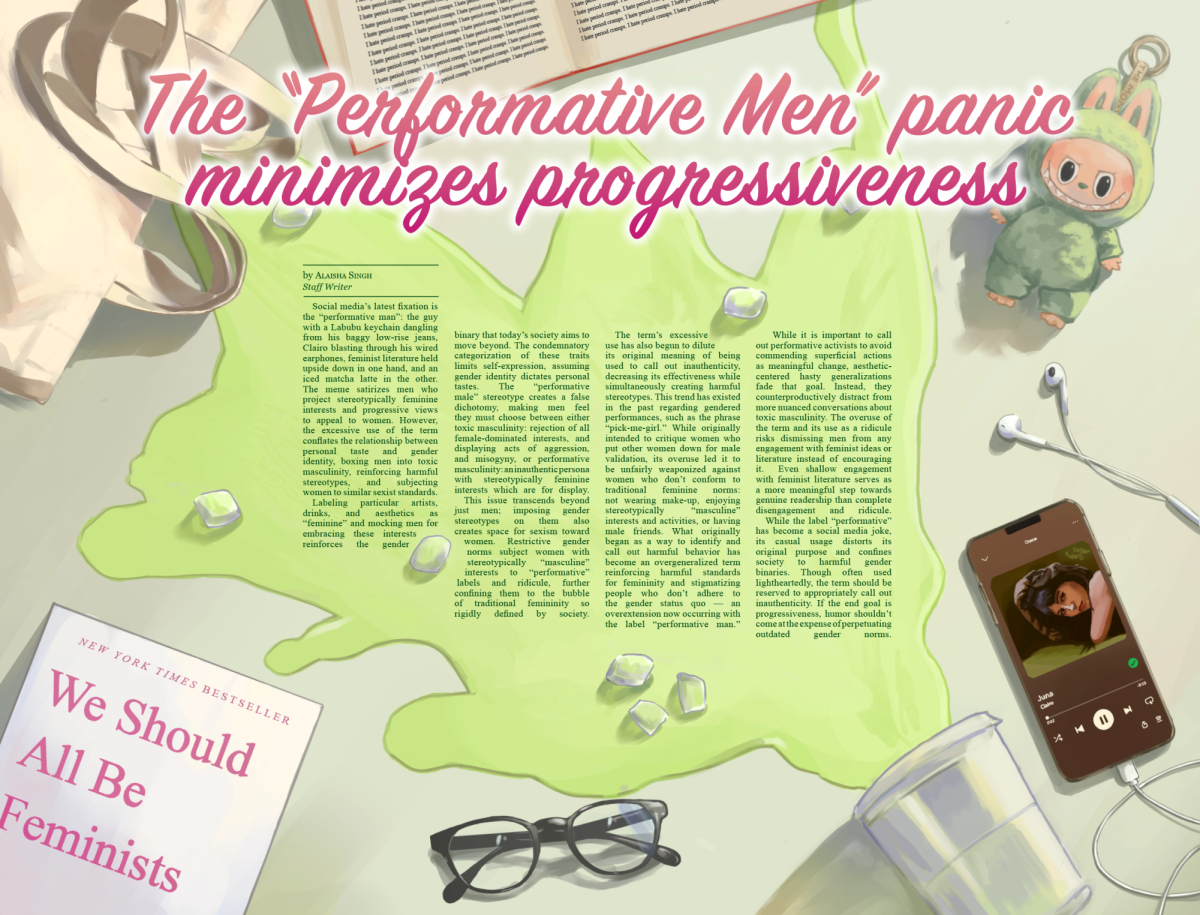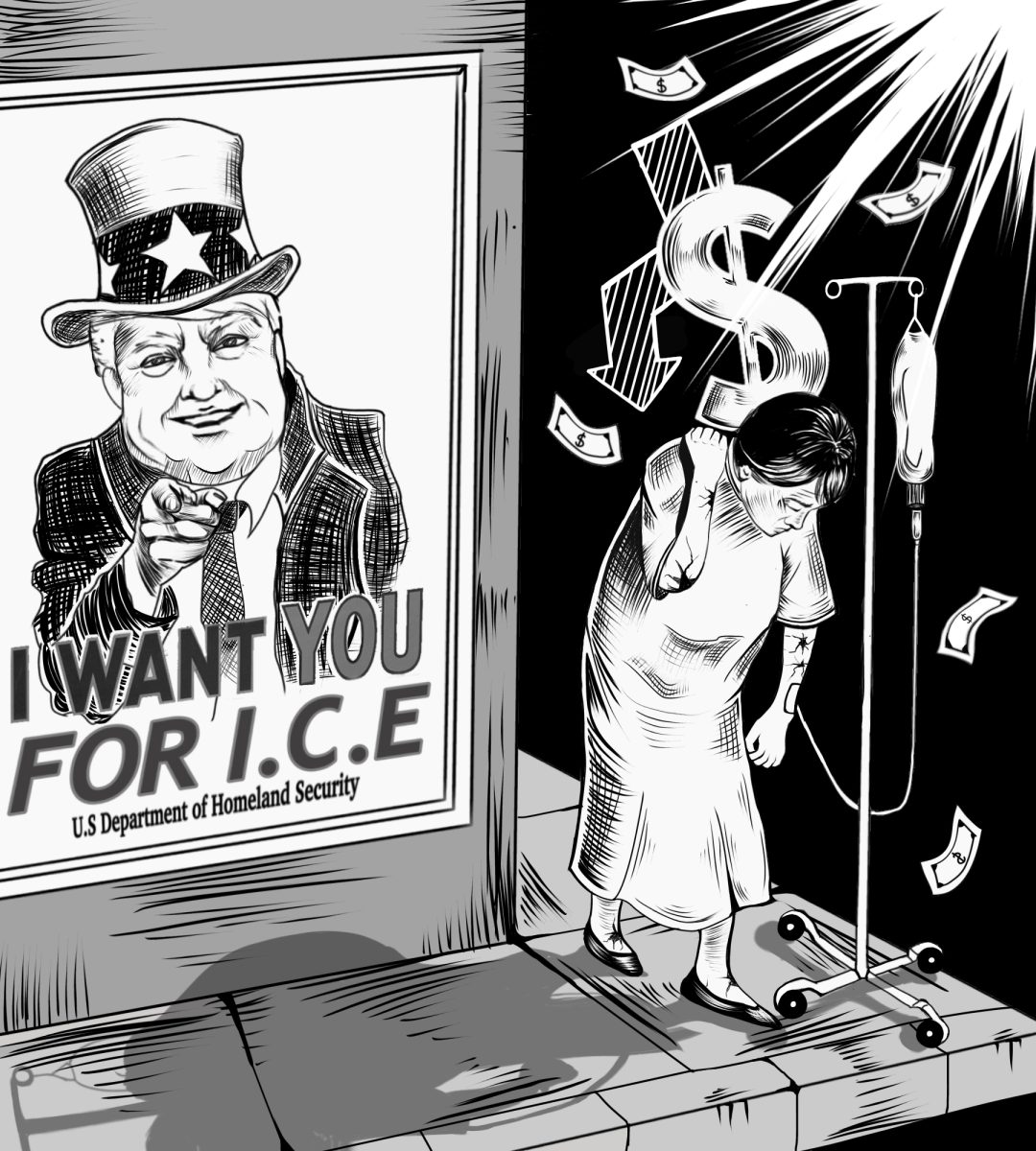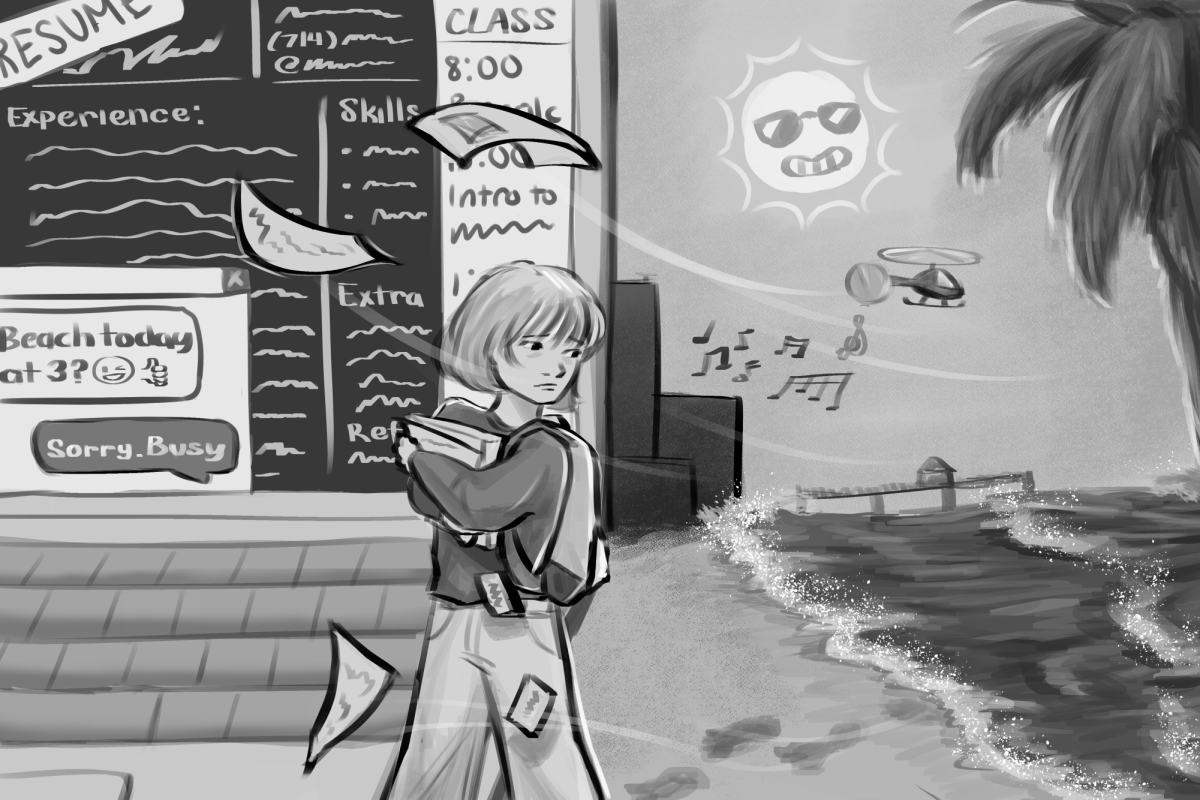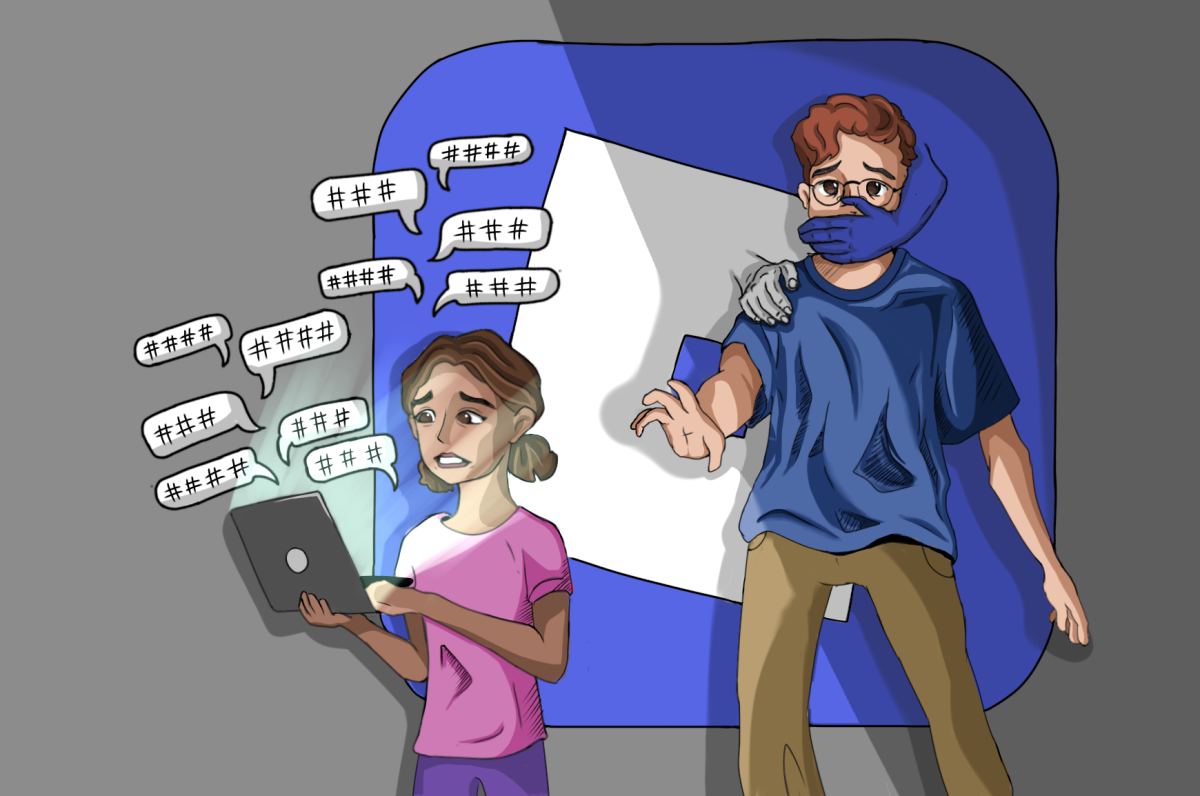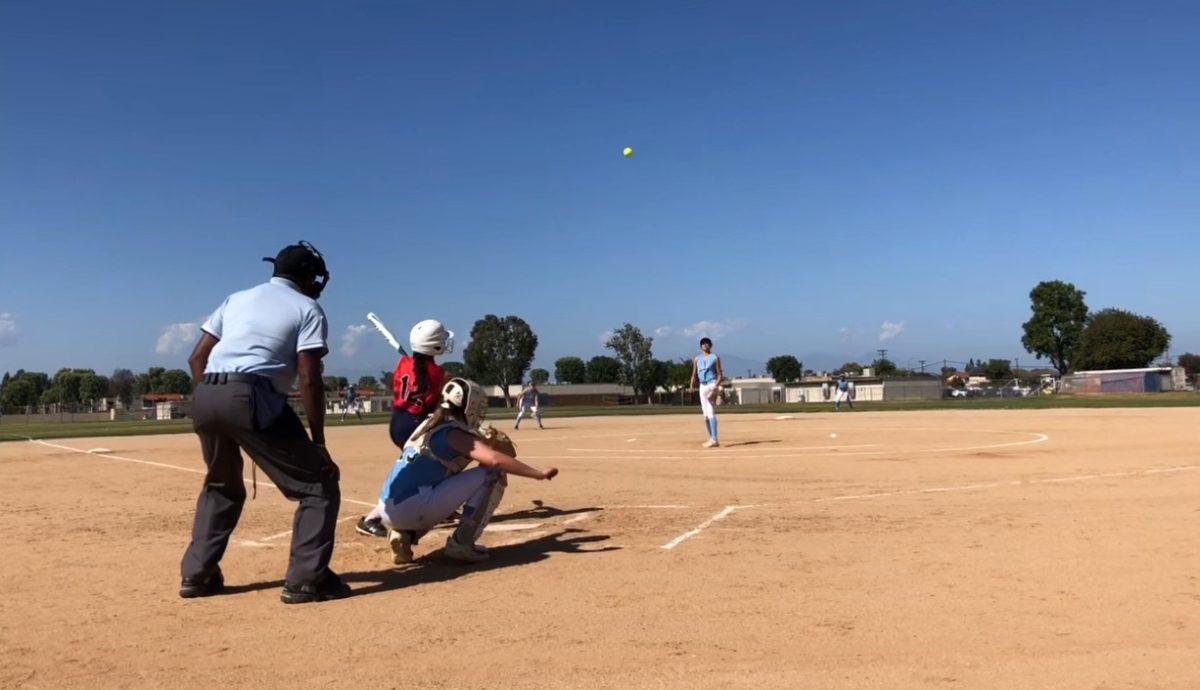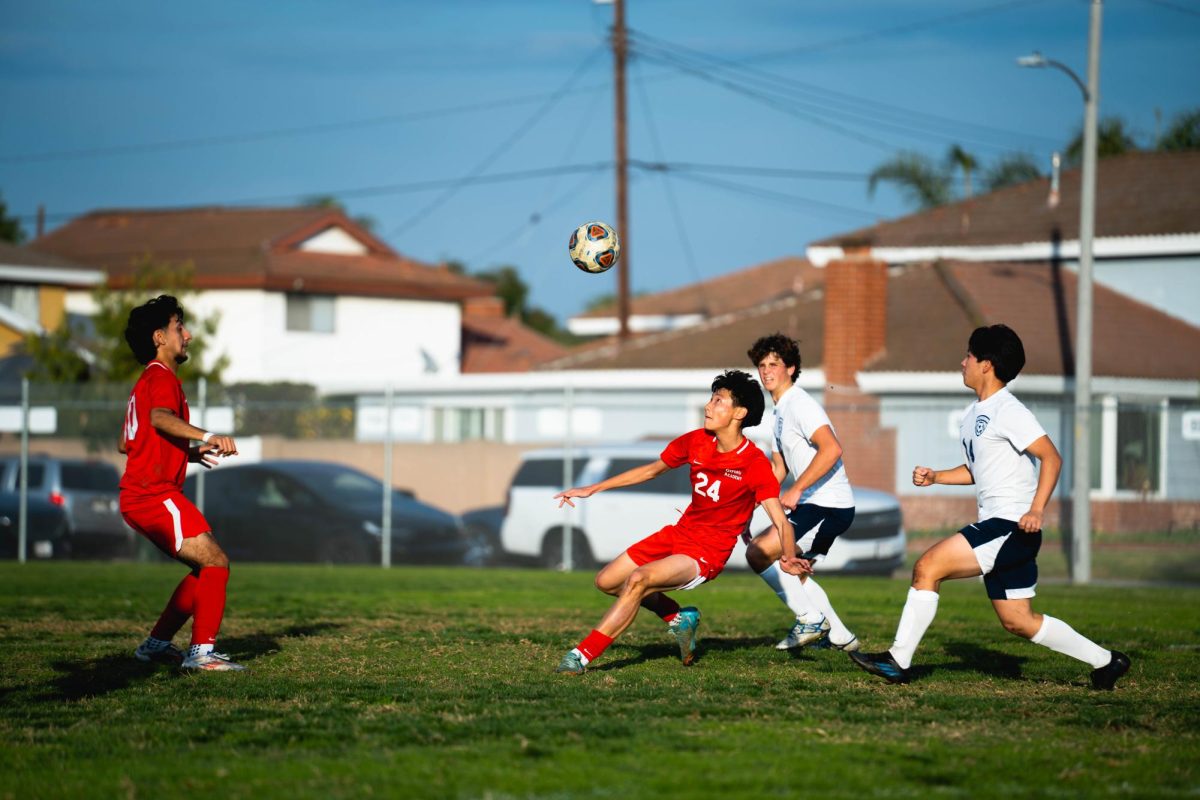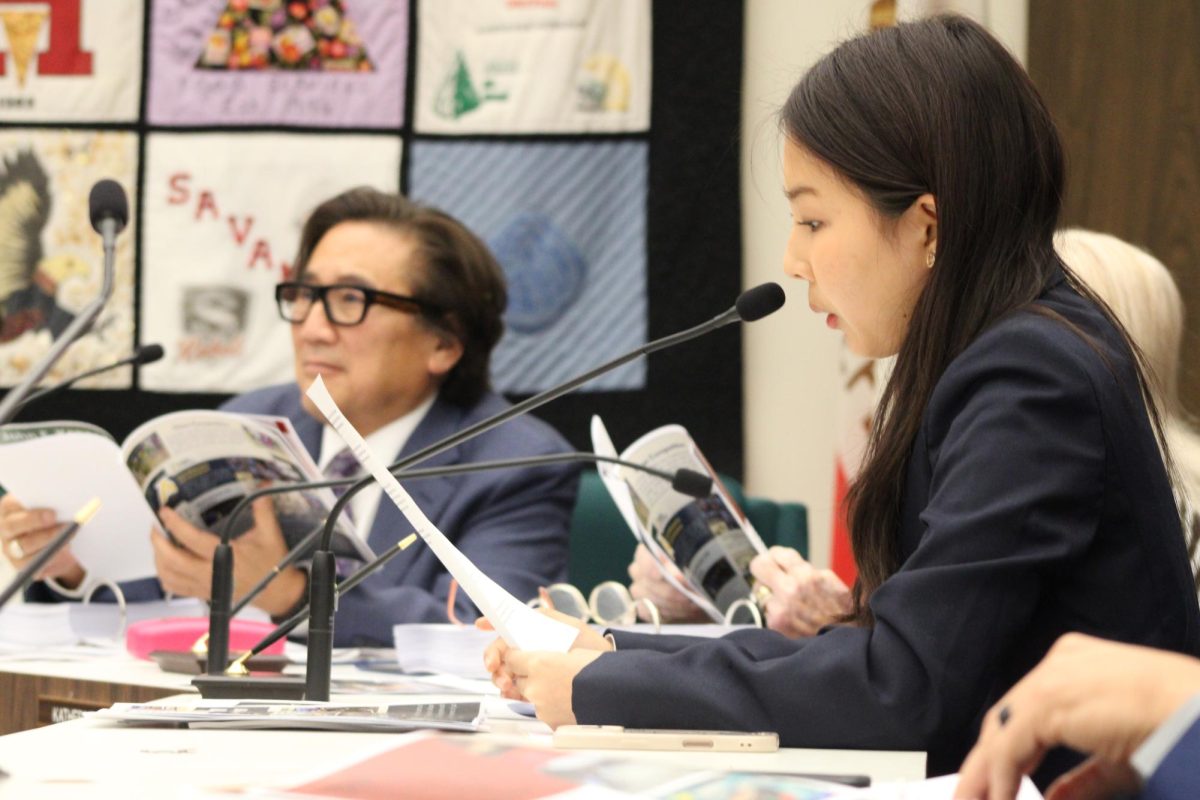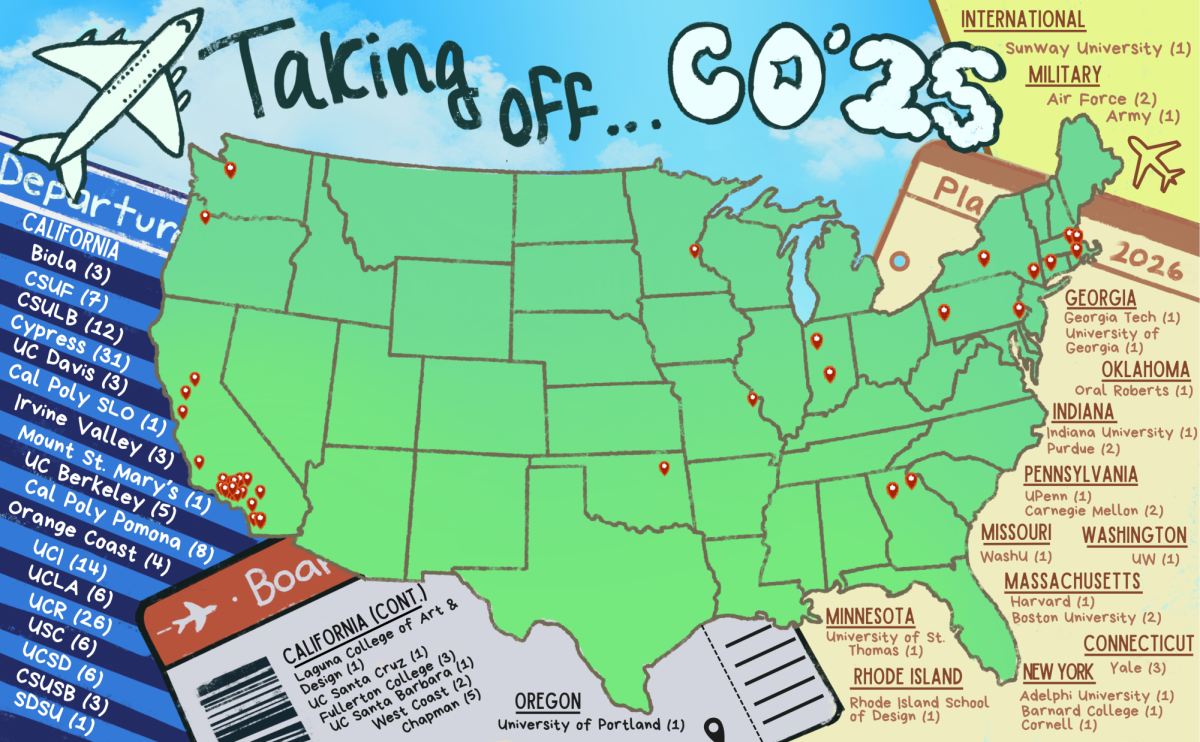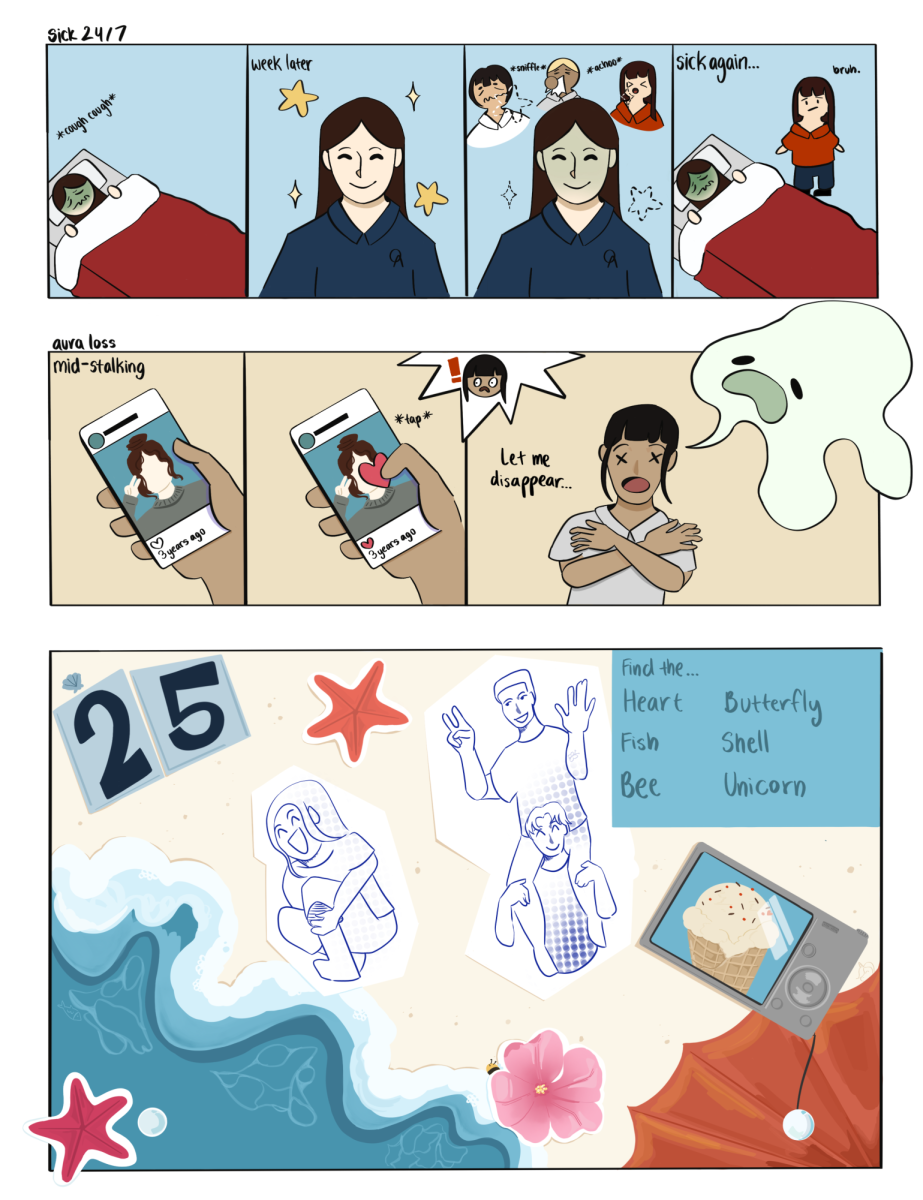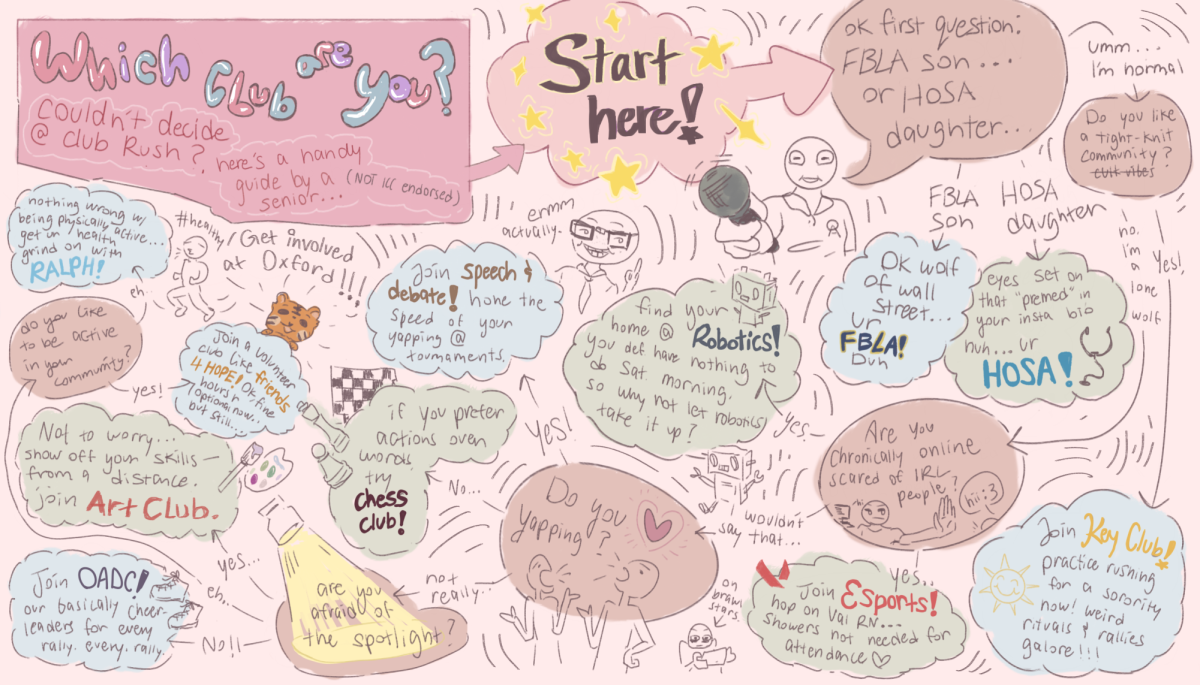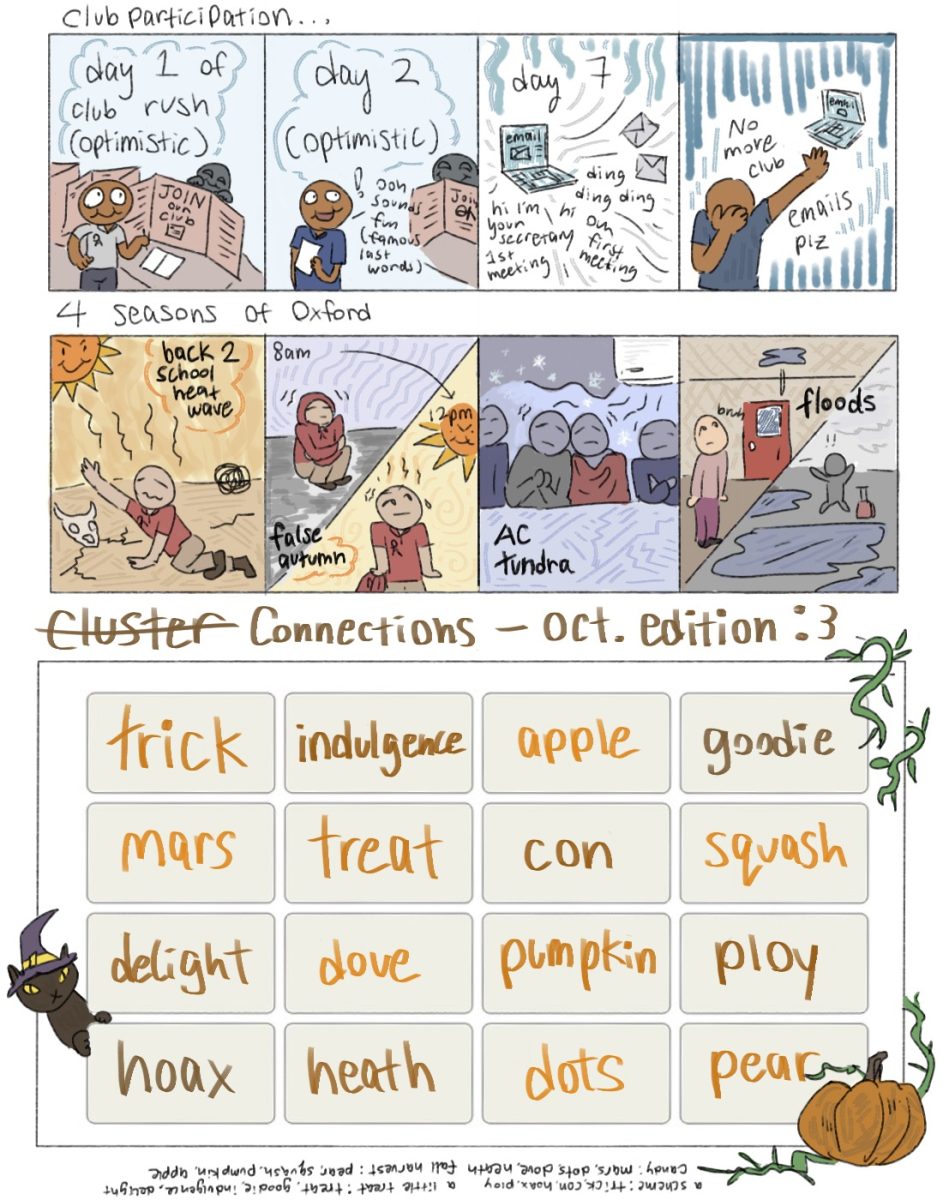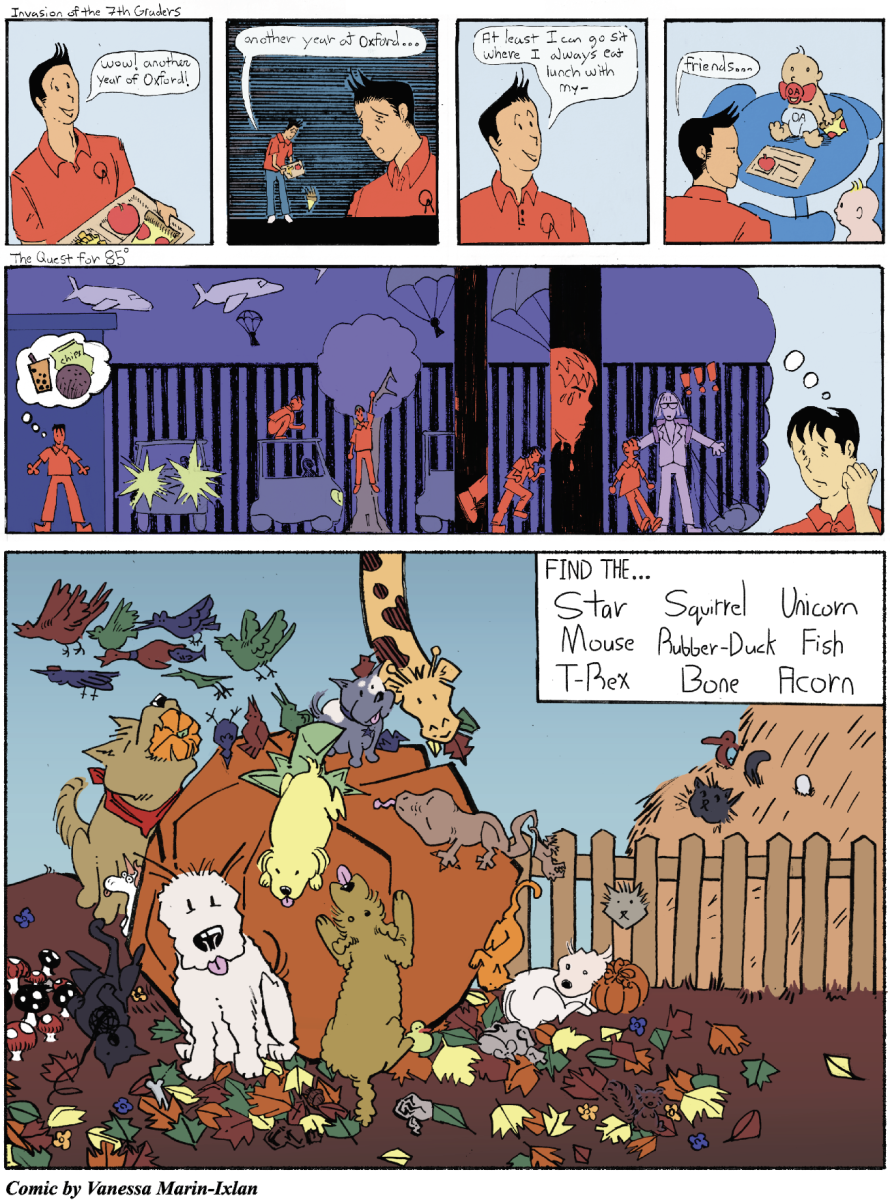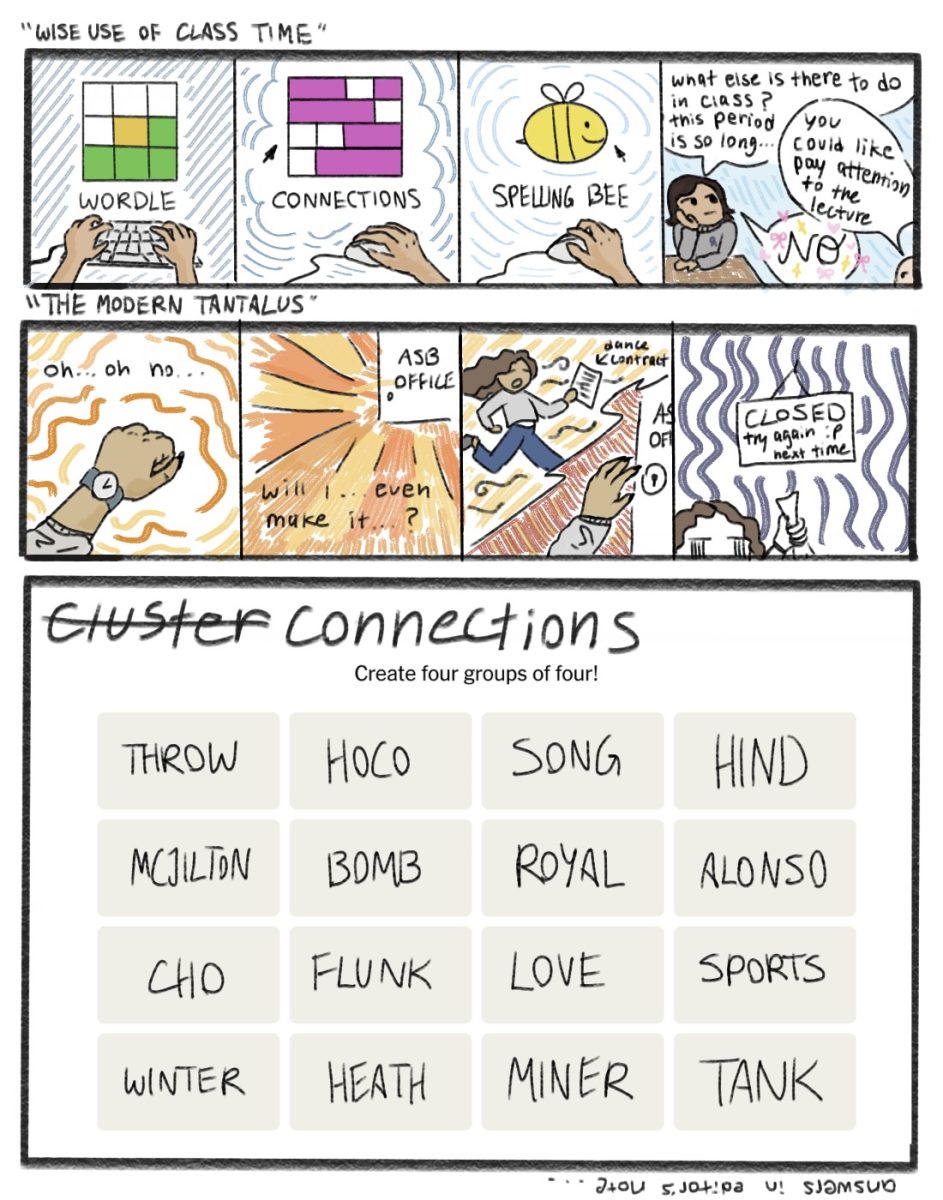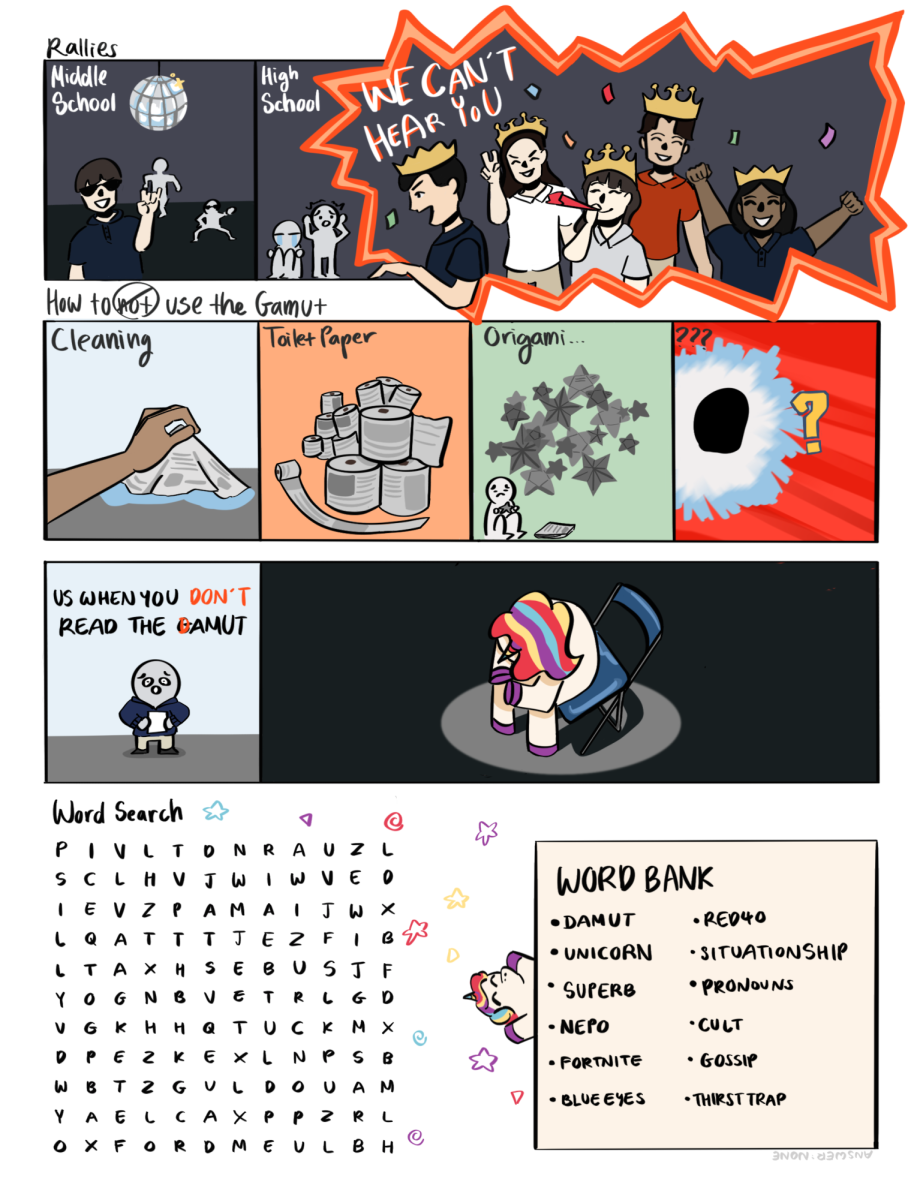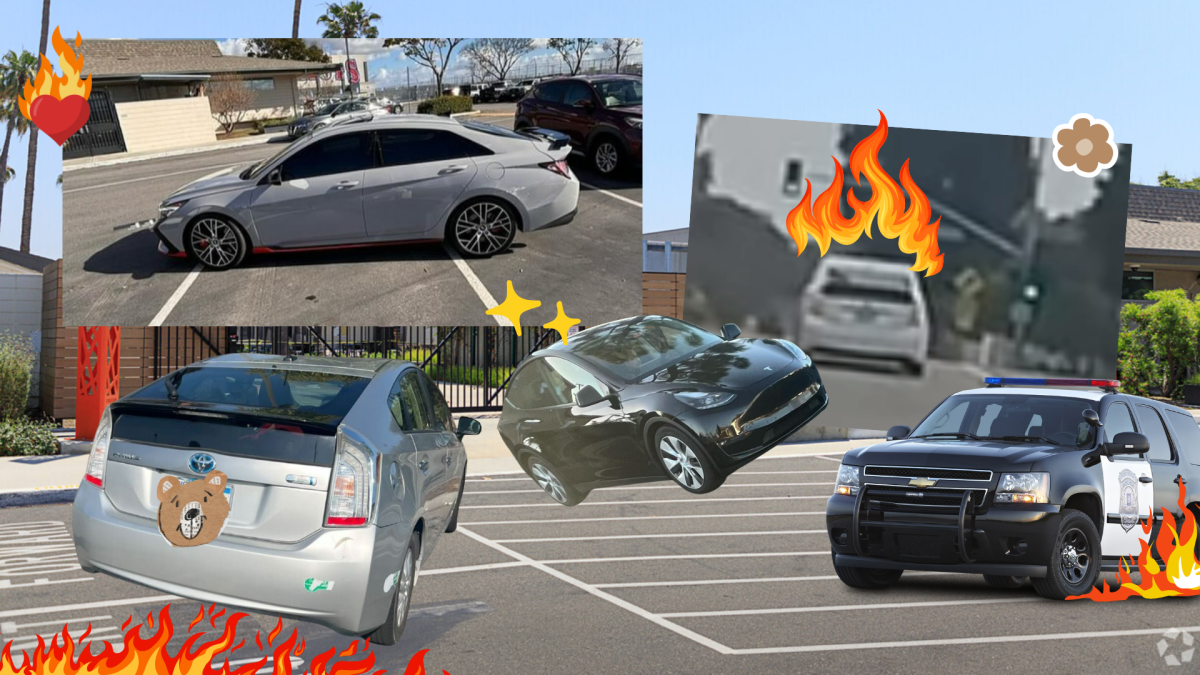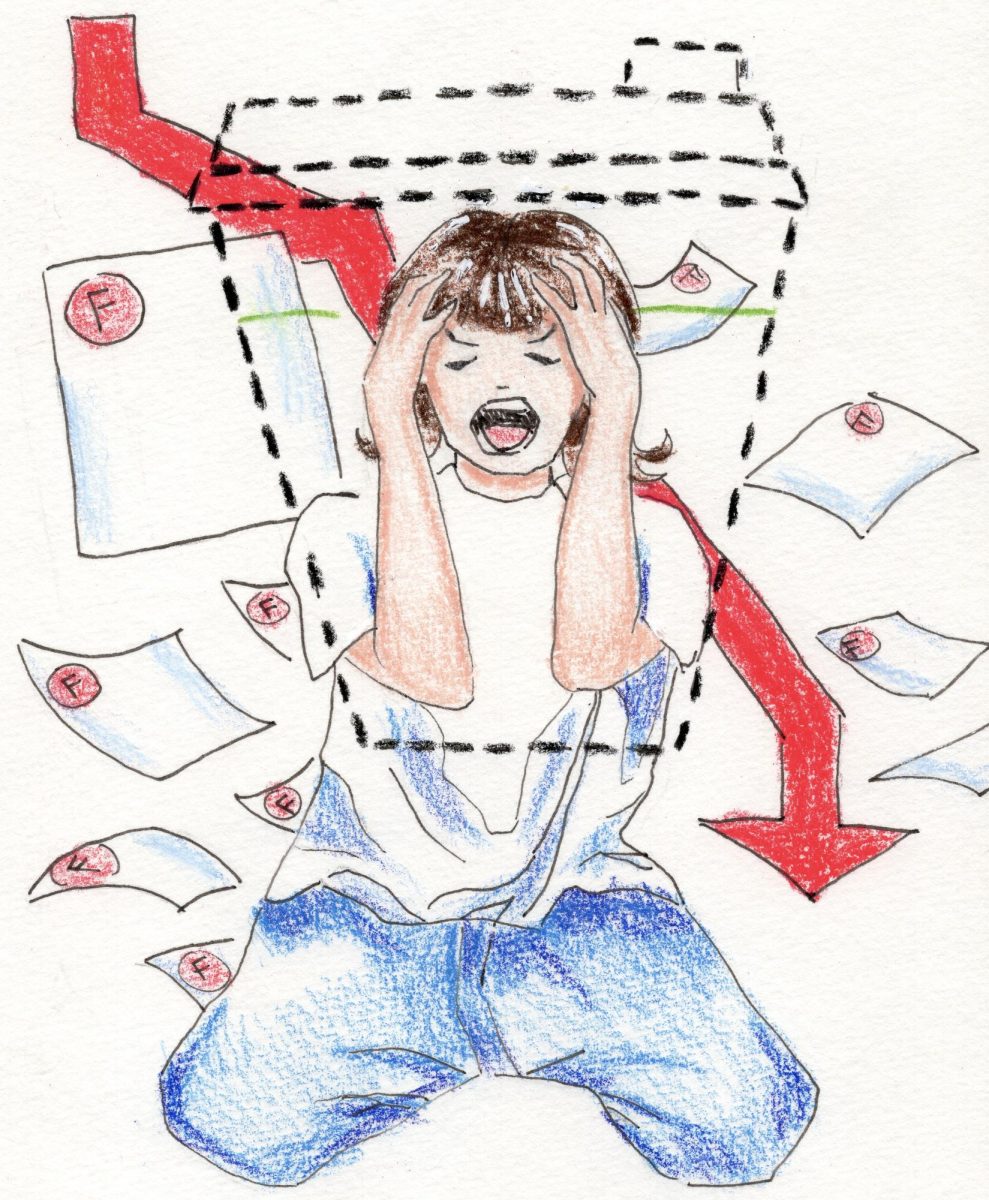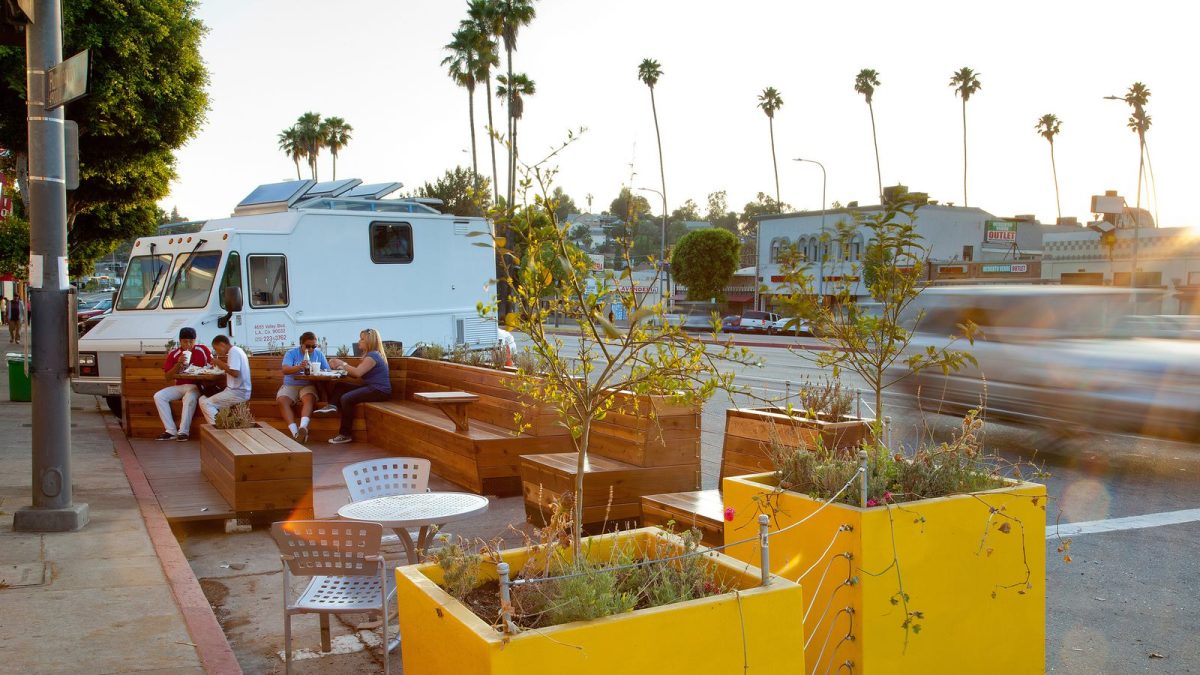There has been an immense network of complaints about the disproportionately-built streets in Los Angeles, California, especially over the past years. Since 2016, the city of Los Angeles has paid more than $35 million in settlements for the received 1,700 claims and 1,020 lawsuits targeted toward sidewalk injuries, likely due to a poor management of sidewalks. There remains an urgent need to improve sidewalk infrastructure.
Poor sidewalk management has historically been a problem because of the county government’s lack of involvement. According to a 2021 report on Los Angeles’s sidewalks, 50,000 reports of sidewalk problems have been accumulated but not resolved. This creates neglected cities, because numerous complaints are reported but most reports are not given enough attention or response.
Marginalized communities are especially excluded from receiving proper sidewalk support because of discrimination of factors such as race. In a 2021 research article, Mann-Whitney U tests of ADA curb ramps indicated that areas without curb ramps had extremely higher levels of Latinx/Hispanic populations. The lack of development and maintenance in primarily low-income communities highlights the need for policy changes, especially in regards to the distribution of infrastructure funding.
In a 2015 community meeting with the Southwest Area Neighborhood Development Council, South L.A. residents voiced concerns with a proposal requiring property owners to pay for repairs on their land within a year of receiving notice from the city. This proposal would trivialize sidewalk damage and place the financial and legal responsibility for repair on the residents themselves, rather than authoritative city officials. However, it is not the homeowners’ burden to pay for tree and ground erosion that damage public sidewalks and injure pedestrians.
Although there have been several plans for allocating funding to improving sidewalk quality, many of these proposals have not actually been effective because of the difficulty of locating sidewalk damages. One viable solution would be an open source platform for residents to report poor sidewalk conditions in their local neighborhoods. Such an implementation would give marginalized communities quick access to repair and maintenance from the county, as well as emergency sidewalk inspections.
The lack of safe pedestrian routes and city services for many underfunded communities in California highlight the need for more action on the county level. Cities that lack proper sidewalk management must be properly maintained by the government to ensure safety for all residents.


